Latest Physics & Astronomy News

Rene Ong and Vladimir Vasiliev have won a major NSF grant entitled "Development of a Novel Telescope for Very High-Energy Gamma-Ray Astrophysics". Although there are many collaborators on this project, UCLA is the lead and the telescope design comes from Vladimir's early pioneering efforts with this kind of optical design.
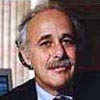
Roberto Peccei, along with Prof. Emeritus Helen Quinn of SLAC, will share the 2013 J.J. Sakurai Prize for Theoretical Particle Physics, awarded by the American Physical Society to recognize and encourage outstanding achievement in particle theory. Professor Peccei is the first UCLA recipient of the Sakurai prize, named in honor of our late colleague here in the department.

Astronomers have witnessed for the first time a spiral galaxy in the early universe, billions of years before many other spiral galaxies formed. This distant spiral galaxy is being observed as it existed roughly three billion years after the Big Bang. "As you go back in time to the early universe, galaxies look really strange, clumpy and irregular, not symmetric," said Alice Shapley, a UCLA associate professor of physics and astronomy, and co-author of the study. "The vast majority of old galaxies look like train wrecks. Our first thought was, why is this one so different, and so beautiful?"
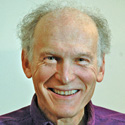
Astronomers report a baffling discovery never seen before: An extraordinary amount of dust around a nearby star has mysteriously disappeared. It's as if the rings around Saturn had disappeared," said o-author Benjamin Zuckerman, a UCLA professor of physics and astronomy. "This is even more shocking because the dusty disc of rocky debris was bigger and much more massive than Saturn's rings. The disc around this star, if it were in our solar system, would have extended from the sun halfway out to Earth, near the orbit of Mercury."
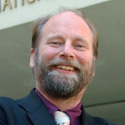
Edward L. (Ned) Wright, a professor of physics and astronomy and principal investigator of NASA's Wide-field Infrared Survey Explorer (WISE) mission, today was named a recipient of the 2012 Gruber Cosmology Prize, along with other scientists who made major contributions to the Wilkinson Microwave Anisotropy Probe (WMAP). Wright and his colleagues will be honored in Beijing on Aug. 21 for their observations and analyses that have provided rigorous measurements of the age, content, geometry and origin of the universe. Among the WMAP unprecedented findings are that the universe is within 1 percent of 13.75 billion years old, and consists of 22.7 percent dark matter, 72.8 percent dark energy, and only 4.6 percent ordinary matter. WMAP's findings are so precise that WMAP's version of the universe is now commonly known as the "Standard Cosmological Model."
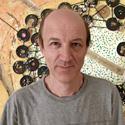
David Jewitt of ESS and Physics & Astronomy was awarded two prizes during the same week: The 2012 Shaw Prize in Astronomy, which he shares with Professor Jane Luu of MIT, and the Kavli Prize in Astrophysics, also shared with Dr. Luu, as well as Michael Brown of Caltech. Professor Jewitt is recognized for his role in the 1993 discovery of the more than 1 billion objects in the Kuiper Belt beyond Neptune.
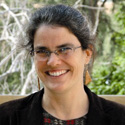
Andrea Ghez, professor of Physics and Astronomy has been elected to the American Philosophical Society, the country's oldest learned society, which recognizes extraordinary achievements in science, letters and the arts. Since 1995, Ghez has used the W.M. Keck Observatory, which sits atop Hawaii's dormant Mauna Kea volcano and houses the two largest telescopes in the world, to study the rotational center of the Milky Way and the movement of hundreds of stars close to this galactic center. She holds UCLA's Lauren B. Leichtman and Arthur E. Levine Chair in Astrophysics.
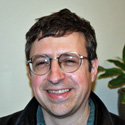
The April 17, 2012 issue of Scientific American features an article by UCLA professor of physics and astronomy Zvi Bern and colleagues about the ways in which new discoveries of how ordinary particles behave under extreme conditions at the Large Hadron Collider have helped scientists in their search for exotic particles and forces and have breathed new life into the search for a unified theory. A preview of the article, "Quantum 'Graviton' Particles May Resemble Ordinary Particles of Force," may be viewed online at Scientific American.
